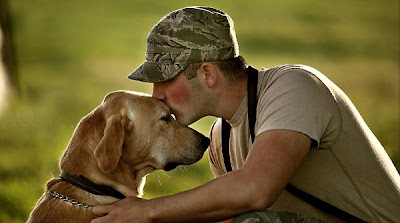
La reanudación del programa de captura y radiomarcaje de hembras de urogallo cantábrico para suministrar nuevos huevos al centro de cría en cautividad de Sobrescobio, en el parque natural de Redes, ha despertado reacciones contrapuestas en los grupos ecologistas. El Fondo para la Protección de los Animales Salvajes (FAPAS) manifestó en la jornada de ayer su apoyo a una medida que considera «positiva» para promover la recuperación de la emblemática especie, amenazada de extinción. Por su parte, la Coordinadora Ecologista tildó de «error estratégico» el centro de cría, al tiempo que instó a destinar los recursos públicos a la conservación del hábitat del urogallo cantábrico, entre otras medidas que contribuyan a fomentar la conservación de la especie. El centro de Sobrescobio, según las últimas informaciones facilitadas por el Principado, alberga a cuatro ejemplares, un macho y tres hembras. El urogallo y una de la urogallinas proceden de la primera campaña de recogida de huevos, desarrollada hace tres años. En aquella ocasión se habían llegado a obtener hasta 13 huevos. Parte de ellos se malograron y otros llegaron a eclosionar, aunque los polluelos murieron poco después. Otras dos hembras son aves mansas de León y Caso recuperadas por el centro de cría tras fracasar los intentos de reintroducción en su hábitat natural. El Gobierno regional comunicó en un primer momento que con estos ejemplares reproductores no sería necesario recoger más huevos, pero ahora estas tareas se retomarán en la zona de Degaña. Roberto Hartasánchez, presidente del FAPAS, indicó que «cualquier iniciativa encaminada hacia la conservación de la especie nos parece positiva». Y añadió: «Nosotros apoyamos el plan de cría en cautividad y que se desarrolle un control y seguimiento de los ejemplares. Quizá debería haberse hecho hace 15 años, pero más vale tarde que nunca». En la misma línea, el máximo responsable del Fondo para la Protección de los Animales Salvajes contrapuso la actual planificación con las medidas que se venían desarrollando décadas atrás. «Toda iniciativa que se ponga en marcha será mejor que lo que se hacía hace 20 o 25 años, cuando la única política de conservación era contar los ejemplares que había en los montes sin hacer nada más», argumentó Hartasánchez. Más crítico se mostró el portavoz de la Coordinadora Ecologista de Asturias, Fructuoso Pontigo, que puso de manifiesto su rechazo a la gestión en la conservación del urogallo en la región. «Lo más importante ahora mismo es conservar el hábitat porque no se trata de una especie extinta. No entendemos que se destine esa gran cantidad de recursos a un centro de cría y que después se permita habilitar una pista forestal junto a un cantadero», aseguró Pontigo, que dudó del éxito del programa: «Todo lo que se metió allí se ha muerto. El balance hasta ahora es muy malo». El representante del colectivo ecologista alertó del riesgo de caer «en el folclore y el tirón turístico» en lugar de hacer prevalecer la recuperación de la especie y puso como ejemplo el caso del oso cantábrico. «Se está haciendo un esfuerzo importante para impulsar la especie en la zona occidental, mientras que el tema de Paca y Tola ha demostrado que sólo es una atracción para el turismo».
Rioseco, Miguel Á. GUTIÉRREZ




